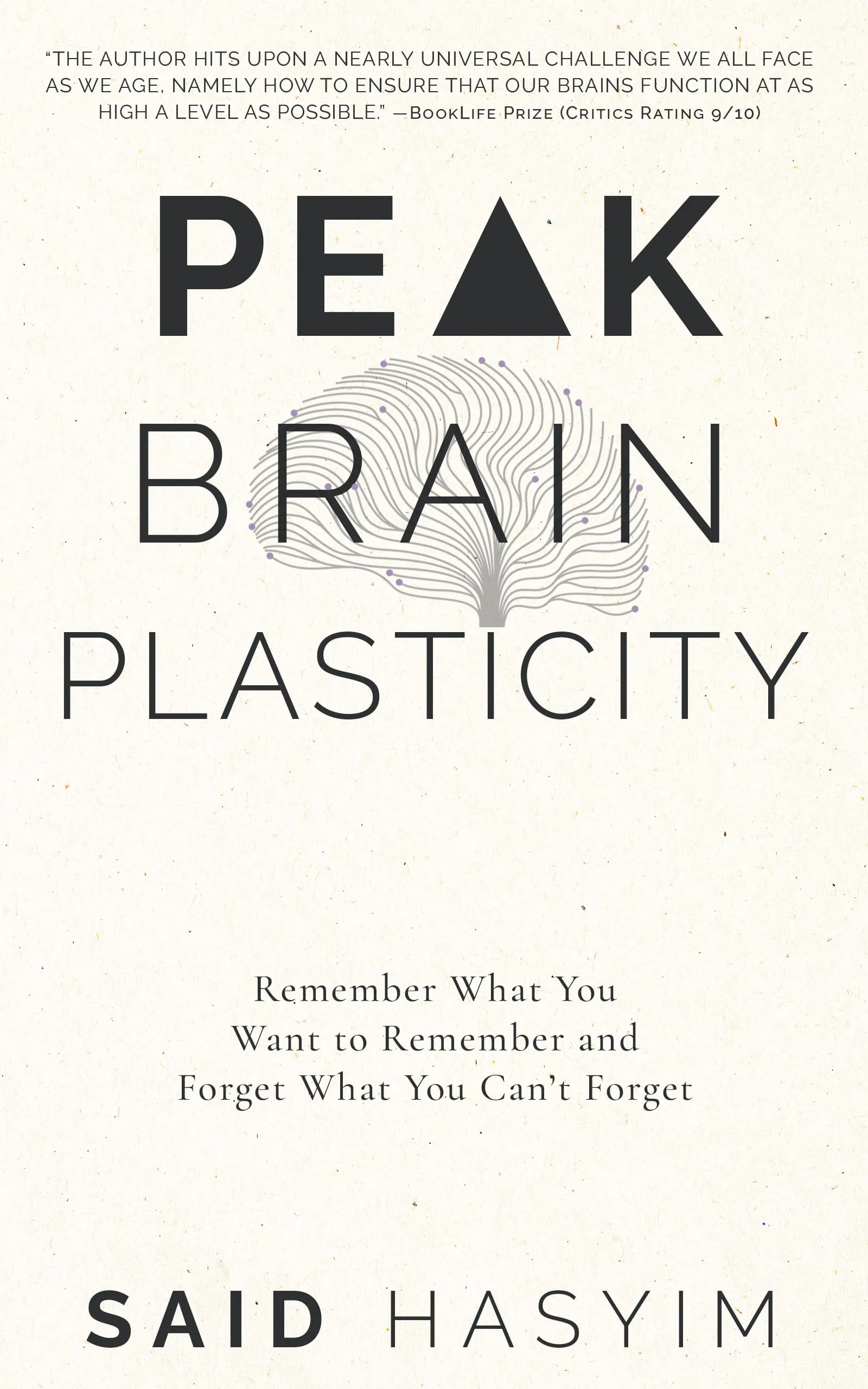Neuroplasticity and the Aging Brain: A Guide
Neuroplasticity is a term that captures the brain’s remarkable ability to reorganize itself by forming new neural connections throughout life. While traditionally, it was believed that neuroplasticity mainly occurred during childhood, recent research has demonstrated that the aging brain remains capable of adaptation, learning, and recovery. Understanding neuroplasticity in the context of aging can provide insights into maintaining cognitive health and improving quality of life in older adults.
What is Neuroplasticity?
Neuroplasticity, often referred to as brain plasticity, is the brain's ability to change and adapt as a result of experience, learning, and environmental changes. This includes two primary forms of plasticity:
Structural Plasticity: This involves the physical changes in the structure of the brain, such as the growth of new neurons (neurogenesis) and the formation of synapses (connections between neurons).
Functional Plasticity: This refers to the brain's ability to shift functions from damaged areas to healthy areas, allowing individuals to recover from injury or adapt to new learning experiences.
Neuroplasticity and Aging: A Dynamic Relationship
As individuals age, they often experience cognitive decline, including memory loss, decreased processing speed, and difficulties with problem-solving and multitasking. However, neuroplasticity can offer a counterbalance to these age-related changes, allowing for continued learning and adaptation. Here are some key insights on how neuroplasticity interacts with the aging brain:
1. Continued Learning and Adaptation
The aging brain retains the ability to learn new information and skills. Engaging in intellectually stimulating activities—such as learning a new language, playing a musical instrument, or even taking a course—can promote neuroplastic changes. These activities can enhance the formation of new neural connections, potentially mitigating cognitive decline.
2. Physical Activity and Neuroprotective Effects
Research has shown that regular physical activity is associated with improved cognitive function and a reduced risk of neurodegenerative conditions. Exercise increases blood flow to the brain, promotes neurogenesis, and enhances synaptic plasticity. Activities like aerobic exercise, strength training, and even yoga can be incredibly beneficial for brain health.
3. Social Engagement and Emotional Well-being
Social interactions and maintaining a strong support network are essential for cognitive health in old age. Engaging in social activities can stimulate brain regions involved in emotional regulation and cognitive processing, fostering neuroplastic changes. Additionally, robust social connections are linked to lower rates of cognitive decline and dementia.
4. Mindfulness and Mental Health
Mindfulness practices, such as meditation and mindfulness-based stress reduction (MBSR), have been shown to enhance neuroplasticity. These practices increase gray matter density in regions of the brain associated with memory, emotional regulation, and cognitive control. Furthermore, managing stress and anxiety through mindfulness can positively impact overall mental health, reducing the risk of cognitive decline.
The Role of Lifelong Learning
Lifelong learning is a crucial component of maintaining cognitive resilience as we age. The adage "use it or lose it" holds true; engaging in mentally stimulating activities can help keep the brain agile. Here are some strategies to incorporate lifelong learning into daily life:
- Get Curious: Explore new hobbies that ignite your passion or interest. This could range from painting to gardening to coding.
- Read Widely: Delve into different genres, topics, or formats. Reading can expand vocabulary, comprehension, and critical thinking skills.
- Challenge Yourself: This could involve puzzles, games, or brain teasers that stimulate different areas of the brain.
- Join Clubs or Groups: Participate in book clubs, debate clubs, or other community groups where you can engage in lively discussions.
Dietary Considerations for Brain Health
Nutrition plays a vital role in supporting neuroplasticity. Certain dietary patterns and nutrients have been shown to influence brain health:
- Mediterranean Diet: Rich in fruits, vegetables, whole grains, nuts, and healthy fats, the Mediterranean diet is associated with a lower risk of cognitive decline and dementia.
- Omega-3 Fatty Acids: Found in fish, flaxseeds, and walnuts, omega-3 fatty acids are crucial for maintaining brain health and promoting neurogenesis.
- Antioxidants: Foods high in antioxidants, such as berries, dark chocolate, and green leafy vegetables, can help combat oxidative stress and inflammation, both of which contribute to cognitive decline.
Conclusion: Embracing Neuroplasticity in Aging
Neuroplasticity is a powerful concept that highlights the potential for growth and change within the aging brain. By embracing lifelong learning, engaging in physical and social activities, and adopting a brain-healthy diet, older adults can maximize their brain’s plasticity, ultimately enhancing their cognitive function and quality of life. The aging brain is not just a passive entity but rather a dynamic organ capable of transformation, resilience, and continued development. As society continues to age, understanding and leveraging the benefits of neuroplasticity will support healthier, happier aging.
References
For those interested in exploring the science behind neuroplasticity and aging further, consider looking into reputable journals, articles, and research studies available online.
Harness the Power of Neuroplasticity
Discover Peak Brain Plasticity, a practical book to harnessing neuroplasticity. Enhance your memory, learn new languages quickly, and alleviate anxiety with effective study methods. Uncover daily habits that impact cognitive health and explore techniques for accelerated learning and memory retention. Unlock your brain's potential for growth and transformation.
